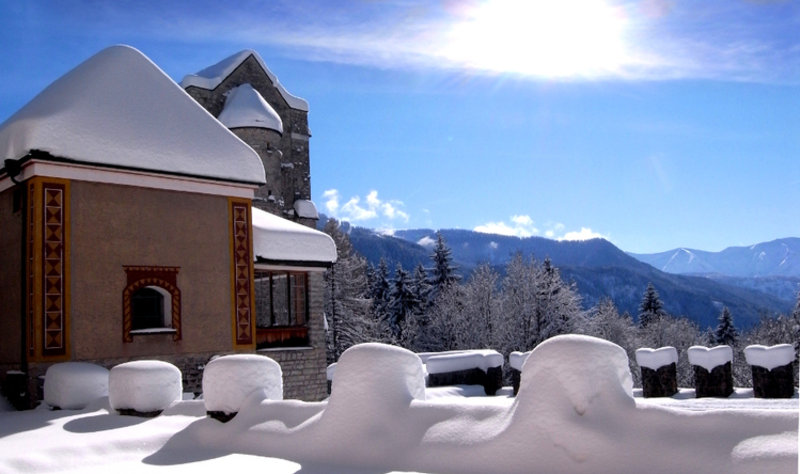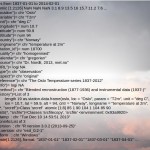Guest Commentary from Patrick Brown and Wenhong Li, Duke University
We recently published a study in Scientific Reports titled Comparing the model-simulated global warming signal to observations using empirical estimates of unforced noise. Our study seemed to generated a lot of interest and we have received many inquires regarding its findings. We were pleased with some of coverage of our study (e.g., here) but we were disappointed that some outlets published particularly misleading articles (e.g, here, here, and here). Since there appears to be some confusion regarding our study’s findings, we would like to clarify some points (see also MM4A’s discussion).
[Read more…] about Global warming and unforced variability: Clarifications on recent Duke study
References
- P.T. Brown, W. Li, E.C. Cordero, and S.A. Mauget, "Comparing the model-simulated global warming signal to observations using empirical estimates of unforced noise", Scientific Reports, vol. 5, 2015. http://dx.doi.org/10.1038/srep09957
 In 2001, Prof. Richard Lindzen and colleagues published his “iris hypothesis”
In 2001, Prof. Richard Lindzen and colleagues published his “iris hypothesis”  Some of you will be aware that there is a
Some of you will be aware that there is a 
